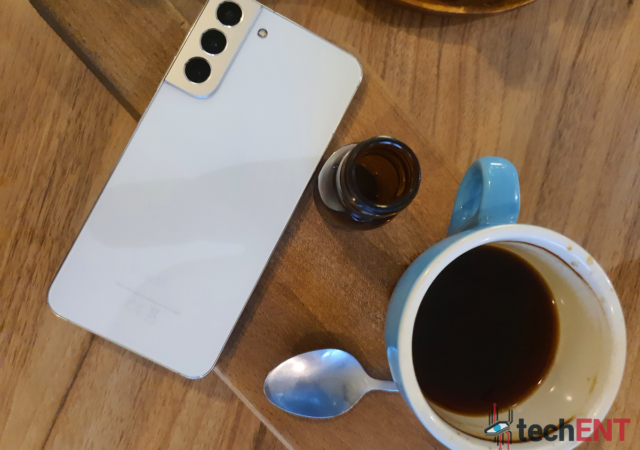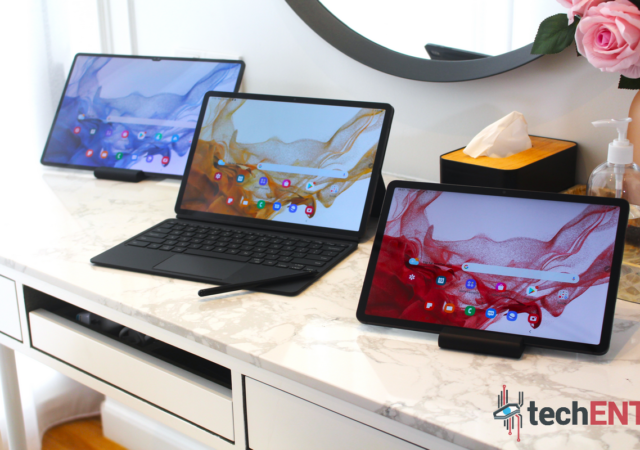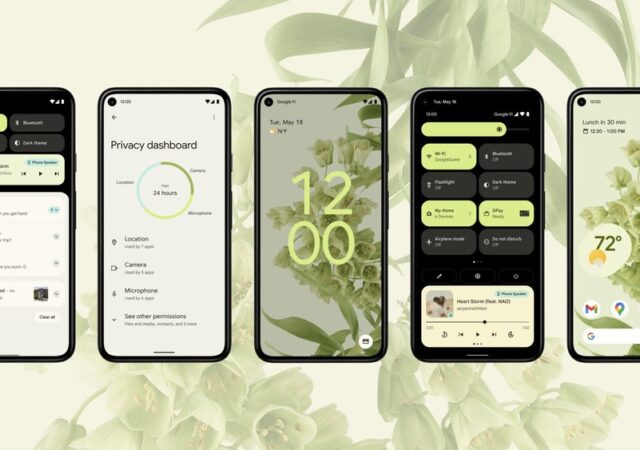Samsung’s Galaxy S22+ is one of their latest flagships on the market and brings their latest and greatest for everyone, but is it worth your money?
Bigger is Better with the new Samsung Galaxy Tab S8 series
Samsung unveils a new Galaxy Tab S8 lineup focused on productivity and multitasking in a world where work and play mingle seamlessly.
Android 12 Based One UI 4.0 is Coming to Samsung Galaxy S21 Devices Near You
Samsung is starting to roll out their Android 12 based One UI 4.0 on the Samsung Galaxy S21 devices with more to follow in the coming months.





